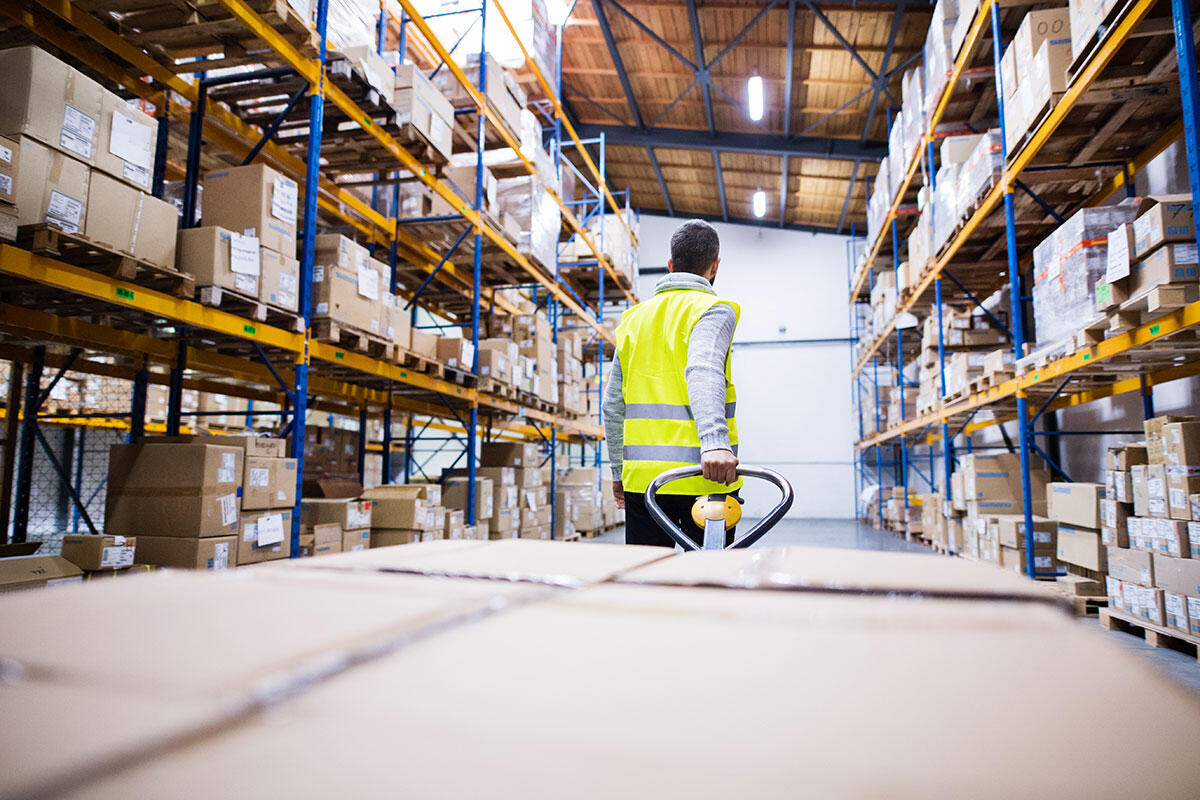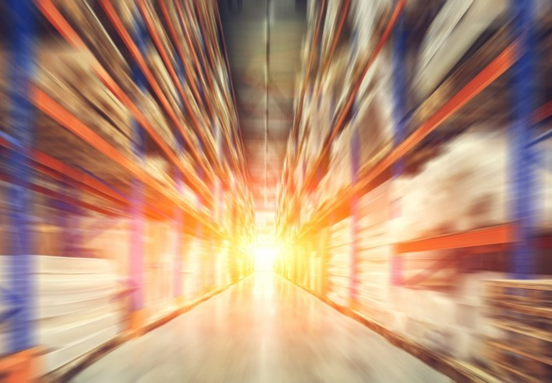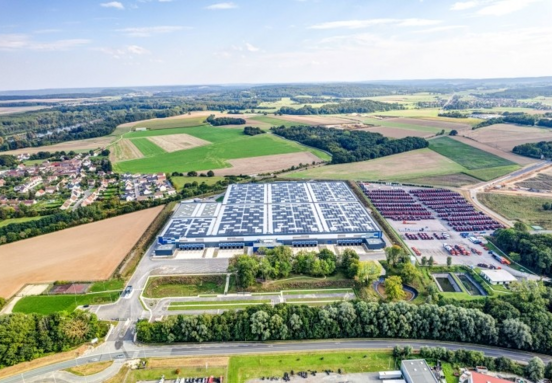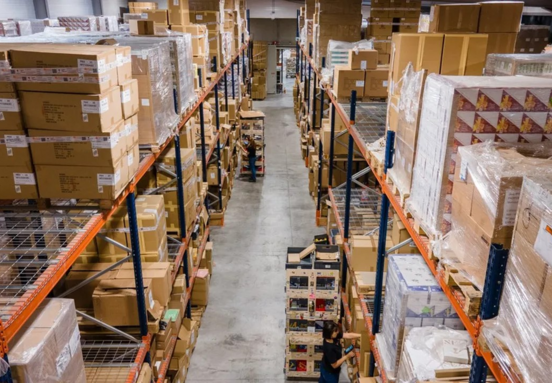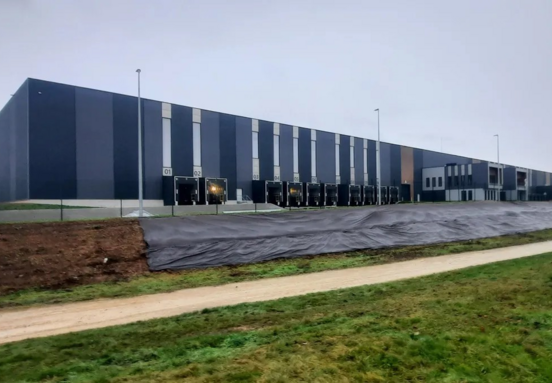Choosing the Right Location for Your Warehouse
In commercial real estate, the importance of location is undeniable, and this also applies to your future warehouse. It's crucial that it be situated nearby, or even adjacent to, your company headquarters for reasons of convenience and daily time optimization. If renting a warehouse is necessary for your company's viability, consider potentially relocating your business to combine renting or buying a business premises and warehouse.
It's essential to choose a warehouse close to major roadways to facilitate the import and export of your raw materials and goods. This also ensures easy accessibility for your employees, collaborators, clients, and prospects. Also, ensure the warehouse has adequate parking spaces and smooth circulation between the warehouse and headquarters.
Accessibility directly stems from the location and is a secondary criterion.
How to Choose the Right Size and Volume for Your Warehouse?
Another essential criterion is determining the appropriate size and volume for storing your goods while ensuring smooth circulation for your teams. It's important not to overestimate your needs in terms of volume or surface area, as this could result in excessive costs and cash flow loss. Before starting your search, precisely size your warehouse.
The storage capacity of a warehouse is calculated by multiplying its surface area by its maximum storage height. For example, for a warehouse of 7,000 m² with a maximum storage height of 5 m, the maximum storage capacity would be 35,000 m³.
Choosing Your Warehouse Based on its Equipment and Infrastructure
Infrastructure, equipment, and security levels are also crucial criteria to consider in your warehouse search, as they directly influence the quality of your supply chain.
During your visits, check if the warehouses come with equipment such as shelving, refrigerated storage spaces, production lines, or smart storage systems.
Security is a crucial aspect: inquire about surveillance systems, fire prevention measures, and compliance with prevailing standards.
While state-of-the-art warehouses with complete infrastructures may be more expensive, they can prove to be a profitable long-term investment as you avoid the costs of installing additional equipment.
